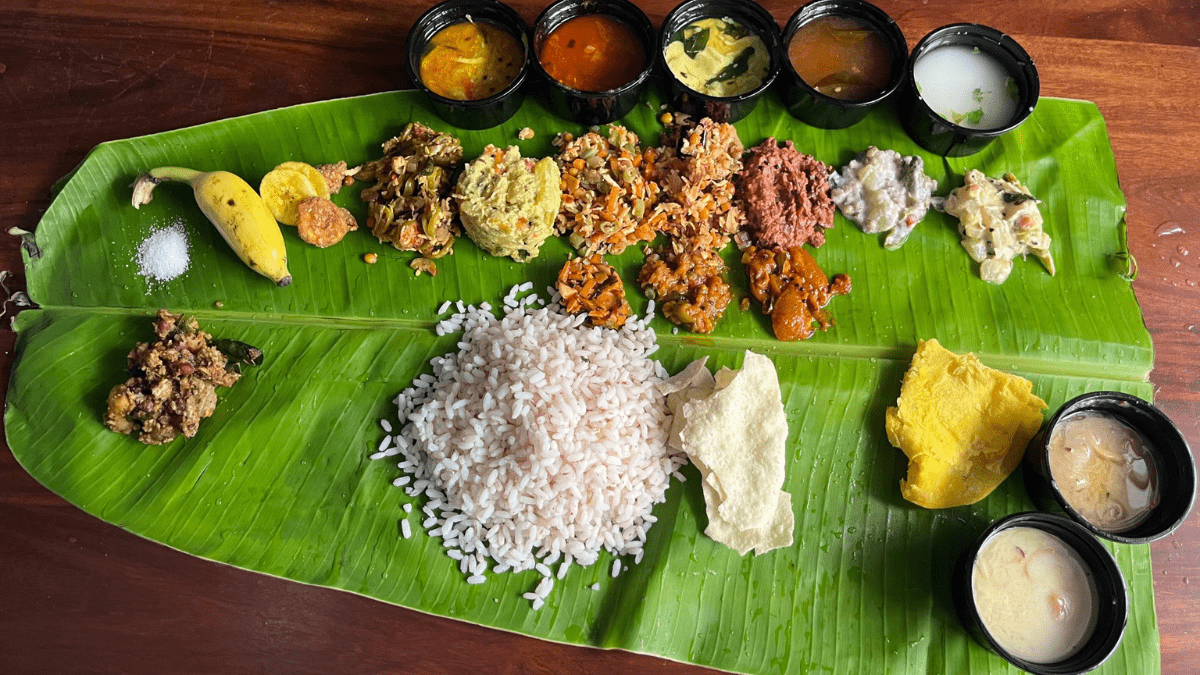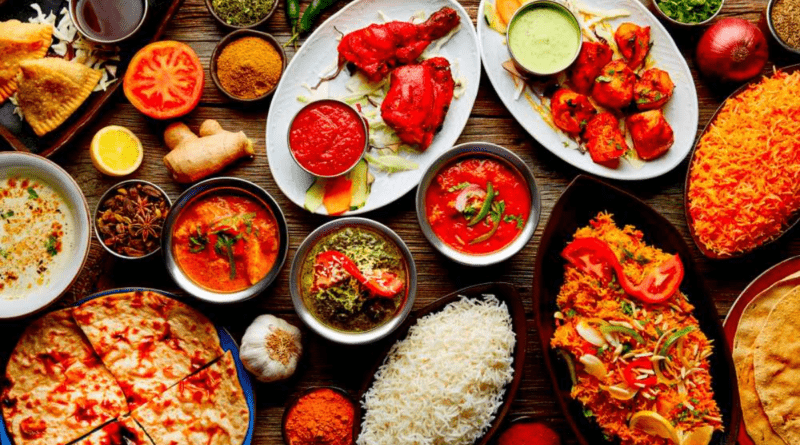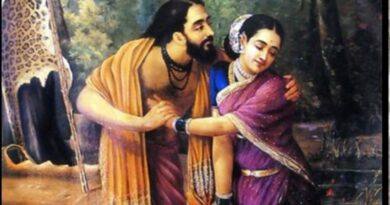Know Popular Foods From Spectacular India: A Culinary Kaleidoscope
India is a diverse country, and this diversity extends beyond its population to include its culinary customs. In India, every state has a thriving and distinctive cuisine culture that is a reflection of its history, geography, and culture. State-specific popular cuisines have enormous cultural significance in addition to being a source of culinary delight. In this post, we’ll look at some of the most well-known foods from each state in India and their significance.

Litti Chokha is a well-known cuisine from Bihar made from locally obtained ingredients. It consists of roasted wheat flour balls (litti) and a tangy mixed vegetable mash (chokha). This dish’s chokha usually consists of roasted or boiled vegetables, including potatoes, tomatoes, and eggplant, along with flavorful seasonings like mustard oil, garlic, and green chilies. This dish is not merely a culinary delight; it also exemplifies the Bihari people’s simplicity and ingenuity. Made with materials that may be found nearby, Litti Chokha honours the area’s agricultural heritage.

Kerala’s Sadya is a large vegetarian feast that is traditionally served on a banana leaf and consists of 32 different dishes, each with its own distinctive flavours and preparations. Parboiled rice (choru), sambar, raita, parippu (lentil curry), sambaram (spiced buttermilk), avial thoran (stir-fried vegetables with coconut), kaalan, pachadi, erissery, pulissery, moru curry, injipuli, beetroot pachadi, vendakka kichadi (okra in yoghurt), mango pickle
Served frequently at festive events like Onam and weddings, these dishes together provide a wonderful and delectable feast that not only exemplifies Kerala’s rich agricultural practices and usage of traditional spices but also forms a vital part of the state’s cultural and culinary legacy.

Rasgulla: Bengalis have a special place in their hearts for this sweet treat from West Bengal. This soft, spongy, and syrupy confection, which is created from freshly cooked chhena (a form of cottage cheese or paneer), is a representation of Bengali culture and their love of sweets, in addition to being a feast for the taste buds. Their cultural holidays and festivals, like Durga Puja, must include it.

Punjab – Makki di Roti and Sarson da Saag: Popular winter dishes in Punjab include Sarson da Saag and Makki di Roti. Sarson da Saag is a mustard green curry, while Makki di Roti is produced from maize flour. These recipes showcase the state’s deep agricultural history in addition to being delicious. They are typically consumed during the harvest season to honour the farmers’ labour-intensive efforts.

Gujarat: Dhokla, a well-liked Gujarati snack, is a spongy, savoury cake that represents the state’s extensive vegetarian culinary traditions. It is produced mostly from fermented rice and chickpea flour. In Gujarat, it is an essential component of both special occasions and daily life. The interesting Dhokla variations available today, such as Khaman, Rava, Palak, and others, were developed by combining various ingredients to provide a wide variety of tastes and textures. In addition to being a common snack, dhokla is also consumed regularly in their homes and on important occasions.

Dal Baati Churma from Rajasthan: This meal consists of baked wheat balls (baati) that are served with lentil curry and a sweet crumbled wheat combination. It stands for the culinary ingenuity of the desert state and its appreciation of spiciness and flavour.

Vada Pav, also known as the “Indian Burger,” is a well-liked food from Maharashtra. A scorching potato fritter wrapped in a bun, along with a fiery red garlic chutney mixture and fried green chilli, make up this delicious delicacy. Vada Pav is a flexible and tasty snack that may be eaten for breakfast, lunch, or dinner, reflecting the busy lifestyle of Mumbai.

Assam Laksa: Assam Laksa is a delicious noodle soup that combines Southeast Asian and Assamese culinary elements in a delicious way. This dish exemplifies the state’s multicultural blending and the influence of old trade routes on its cuisine. Assam Laksa is often prepared with rice vermicelli noodles, a variety of fresh herbs and garnishes, such as mint, coriander, and finely sliced vegetables, along with a rich and sour fish-based broth, tamarind, lemongrass, and aromatic spices.

Poha is a popular breakfast option in Madhya Pradesh and many other regions of India. It consists of flattened rice that has been cooked with a variety of veggies, spices, and occasionally peanuts. Poha is popular for being savoury yet light, and it is frequently eaten with sev (crisp chickpea noodles), fresh coriander, and a squeeze of lemon.

Lucknowi Biryani is a delectable rice dish that is a hallmark of Uttar Pradesh and is distinguished by its flavorful spices, long-grain Basmati rice, and soft meat (usually mutton or chicken). It is a staple of special occasions and is prepared using the “dum pukht” style, which embodies Lucknow’s cultural legacy. It offers a symphony of flavours and textures.

Dham is a traditional festive meal eaten in Himachal Pradesh and is frequently provided for weddings and other important occasions. A variety of vegetarian foods, including Chana Dal, Rajma (kidney beans), Kadi (curry made with yoghurt), Sepu Vadi (fried lentil dumplings), and rice, are served during the multi-course meal. The way that dham is prepared is distinctive; local cooks known as “botis” cook the food over an open flame in huge pots called “handis.” Dham is a mouthwatering illustration of the state of Himachal Pradesh’s rich culinary heritage and the significance of local cultural festivals.

Eromba is a classic and hot Manipuri meal made with boiling vegetables, fish (sometimes fermented), and a hot, fragrant chilli paste. It is renowned for its potent tastes and the use of locally grown herbs and bamboo shoots, showcasing the state’s distinctive culinary traditions. Eromba is a crucial component of Manipuri cuisine and exemplifies the state’s fondness for strong tastes.




